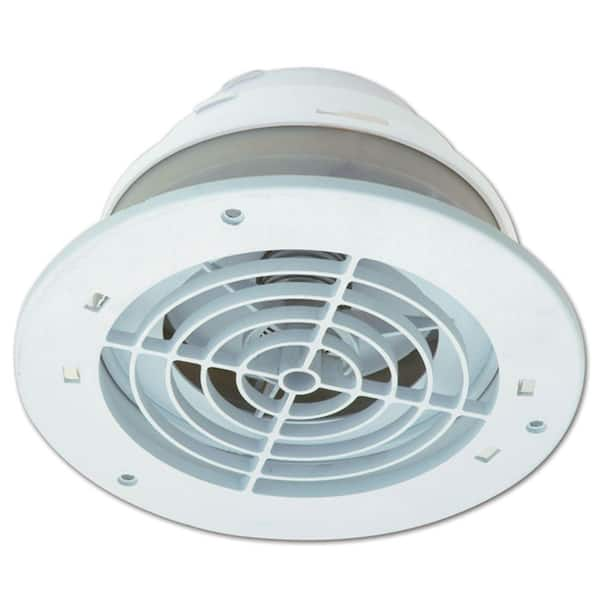
$16.97
- Ideal for use with low profile kitchen and bath fan venting
- Features a spring-loaded damper to prevent cold air in ducts
- Material is UV resistant and paintable
- View More Details
Free & Easy Returns In Store or Online
Return this item within 90 days of purchase.























